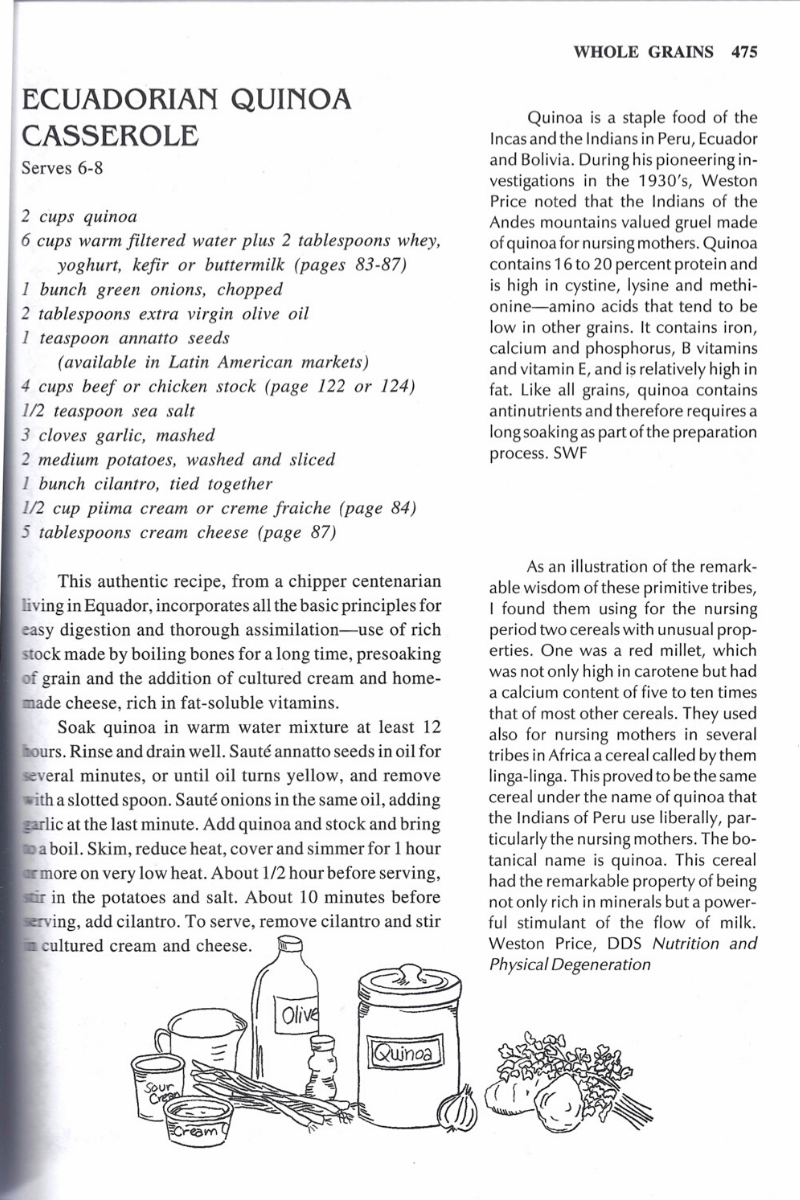Beef liver fries
Beef liver is known for two things: its all-star nutrient profile and its pungent, unmistakable taste.
My family has tried 4 beef liver recipes in the last year, and this one is excellent because...well, it doesn’t taste like liver!
The key is to slice and soak the liver; the soaking removes the pungent taste.
After soaking, the liver is battered, fried, and dipped in garlic aioli -- it’s a crowd-pleasing, crunchy preparation. Enjoy!
Beef liver fry dipped in garlic aioli.
If you’re an instagramming kind of person, please tag us at @stjohnsorganicfarm when you post a photo of the final result! We would love to see how it went in your kitchen!
Beef Liver “Fries”
INGREDIENTS
1 lb St. John’s organic, grass-fed beef liver
2 - 2 1/2 c flour
1 teaspoon paprika
1/4 tsp salt
1/4 tsp black pepper
roughly 2 c buttermilk, milk, or whey
roughly 1 c beef tallow, enough to be at least 1/2 inch deep in frying dish
EQUIPMENT
cutting board
knife
food storage container with lid
heavy-bottomed dutch oven or deep skillet
prep bowls
tongs
cooling rack (optional)
baking sheet (optional)
splatter guard (optional)
METHOD
1. Slice liver into 1/4 - 1/2 inch wide strips. Place into food storage container and cover with buttermilk, milk, or whey. I used about 1 cup. Place in refrigerator and allow to soak for at least 2 hours. I left it soak overnight and continued the preparation the following day.
Beef liver sliced into ½-inch wide strips.
2. Drain liver and pat dry.
3. Mix together flour, paprika, salt, and black pepper in a shallow bowl. Pour remaining 1 cup buttermilk, milk, or whey into another small bowl.
4. To batter the liver, roll one slice in seasoned flour, dip in milk, and roll in flour again. Place slice on cooling rack. Repeat until all liver slices are battered.
Battered liver slices placed on cooling rack, ready for frying.
5. In a heavy-bottomed Dutch oven (I used cast iron), melt tallow on medium heat. When tallow is about 350 degrees, it’s ready to use. If you don’t have a thermometer, sprinkle a pinch of flour on the tallow. If it sizzles and swirls, it’s ready.
Tallow melting in Dutch oven.
6. Place 2-3 paper towels on baking sheet with unused cooling rack on top. This will be where the fried liver will rest after cooking. The paper towels will help absorb any extra fat.
7. Using tongs, slowly add 3-5 battered liver slices to the hot tallow. The tallow should sizzle and bubble around the liver. Be careful not to crowd the pan, as that will cause the tallow to cool and prevent it from cooking properly. 3-5 slices worked well for my pan.
Liver slices frying in tallow. The bubbling means the tallow is hot enough!
8. The liver will cook quickly. Using tongs, slowly flip each liver slice after 1.5 - 2 minutes. Cook another 1-2 minutes and transfer to cooling rack. Repeat until all liver is fried.
NOTES
1. Kid-friendly modification: To make this recipe more kid-friendly, substitute ketchup, mustard, or sour cream for garlic aioli and omit or use less paprika and black pepper in the seasoned flour.
2. Easily reheat by baking at 200 degrees for 10 minutes.
Garlic Aioli
INGREDIENTS
1 large egg
1 - 1.5 c avocado oil, olive oil, or melted duck fat
1 - 2 cloves garlic, minced
1 tsp mustard
1 Tbsp apple cider vinegar or distilled white vinegar
1/4 tsp salt
EQUIPMENT
blender or immersion blender
rubber or silicone spatula
spoon
METHOD
1. Crack egg into blender.
2. Turn blender on medium speed and blend egg.
3. While blender is mixing, very slowly pour oil or fat into blender. Start with one cup and add more at the end to reach your desired consistency. 1 1/3 cup was ideal for me. The stream of oil should be thin. It’s essential to pour slowly for a proper emulsion to form. It should take 4-5 minutes to pour the oil. After 1 cup of oil has been blended in, turn off blender and gently shake and scoop aioli with spoon to determine if desired consistency has been reached. If you prefer your aioli to be thinner, add 1/4 cup of oil at a time in the same slow manner.
4. Turn off mixer. Add garlic, mustard, vinegar, salt. Blend. Taste for salt and desired tanginess. You may desire more mustard or vinegar.
5. Serve at room temperature or chilled. Store in an airtight container in the refrigerator.
I hope you enjoy this unique and crunchy preparation of beef liver. Tag us on Instagram to let us know what you think!

























